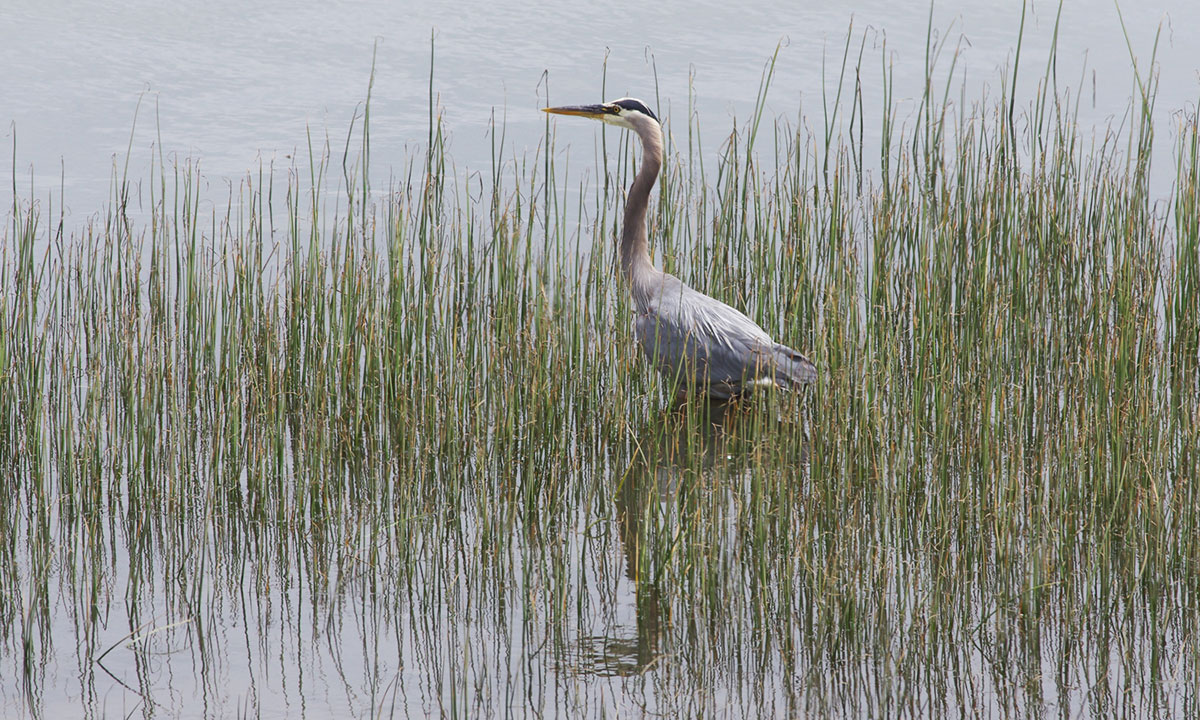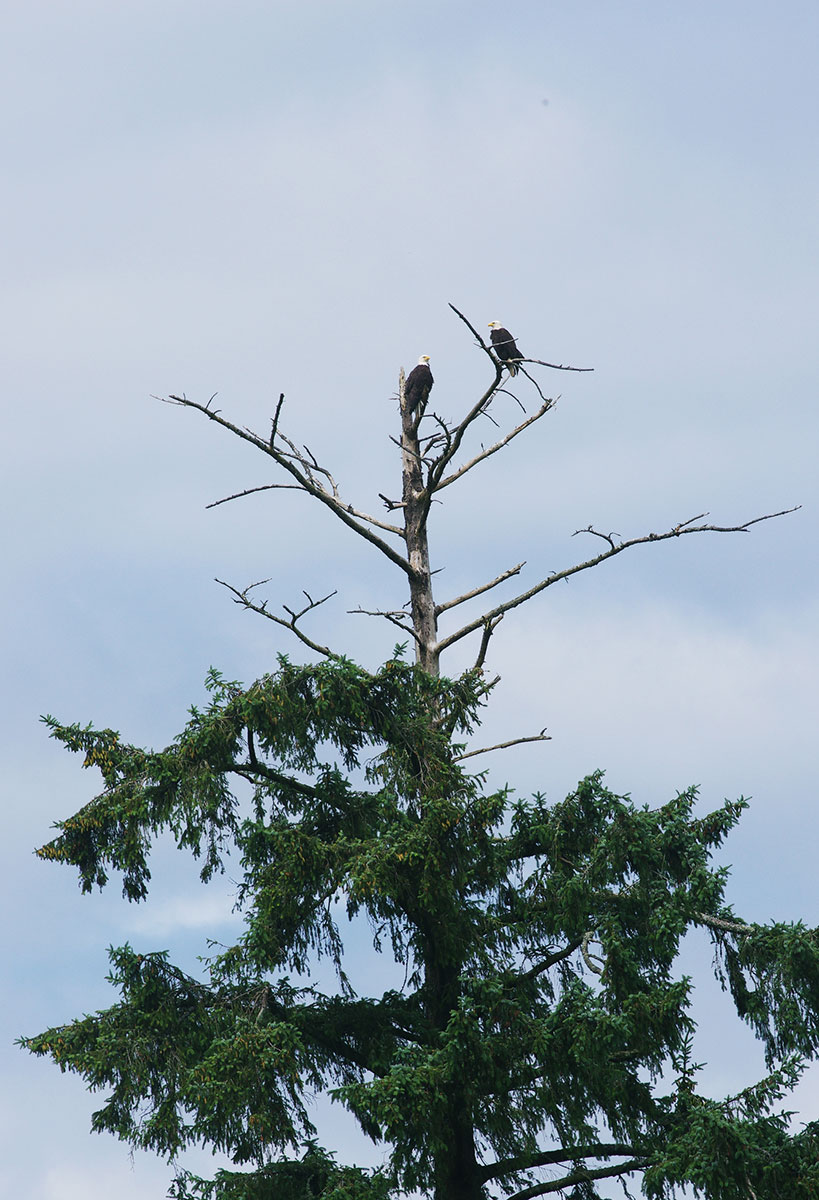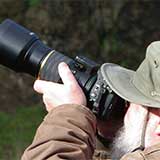Tillamook Coast Life Blog
The Southern Flow Corridor – a Wetland in Recovery
Five rivers flow into Tillamook Bay: the Tillamook, Trask Wilson, Kilchis, and Miami Rivers.
The Wilson and Trask rivers are the largest, arising high in the Coast Range to the east and southeast of Tillamook. The town is situated between them, about three miles southeast of the bay. The two rivers converge downstream of the town into a sort of combined delta with multiple interconnected channels leading to the bay.
Much of this delta area was diked and drained for pasture and hayfields, but the lowest-lying of these pastures tended to remain too wet to be as productive. They have also gotten wetter due to rising sea levels.
Over 500 acres of this delta area have been purchased, both to restore natural wetlands and to reconfigure the dike system to alleviate winter flooding.
The acquisition and restoration project has been under way for almost 20 years, with extensive local community input, and is now showing great results. Much of the original dike system has been removed, and new dikes have been installed to the east, structured to move floodwaters out of the area more quickly as well as allow former lower-quality pastures to revert to marsh.
These restored tidal marshes are productive nurseries for juvenile salmon and numerous other estuarine and marine fishes. The new dikes are fitted with “fish-friendly” tide gates, to regulate water flow without blocking fish passage.

The project is now far enough along that good hiking and nature watching opportunities are available. Habitats to see include: fresh-water, brackish, and saline tidal marshes, as well as shrubby wetlands and remnant Sitka Spruce swamps.
During a recent visit, Swainson’s Thrushes, Robins, Song Sparrows, and Pacific Wrens were singing noisily in the Spruce Swamps, and Great Blue Herons, Great Egrets, and Marsh Wrens were evident in the recovering marshes.
In fall and winter expect to see large numbers of waterfowl here as well. Raptors are also common and conspicuous here, including Bald Eagles, Red-tailed Hawks, White-tailed Kites, and Northern Kestrels.

Access is reached from Goodspeed Road, which extends west from Hwy 101 about 0.9 miles north of downtown Tillamook. One mile west of Hwy 101 the road has a right-angle turn to the north. You can park near this turn and walk out the new levee here, or continue 0.4 miles past 2 houses to a small parking area near one of the Wilson River channels. From here you can walk on the new levee to the left or walk west along an open strip where a former levee has been removed down to marsh surface level. Over time this strip is likely to fill in with brush, but currently it is a nice walking surface, at least in summer.
A few words of warning: First, restoration is not complete, so if you encounter construction workers and equipment, stay well away for both your and their safety. Second, particularly during winter, this area can get quite wet, and is subject to tidal fluctuations, so dress appropriately and keep track of tides to avoid getting stranded by rising water.

